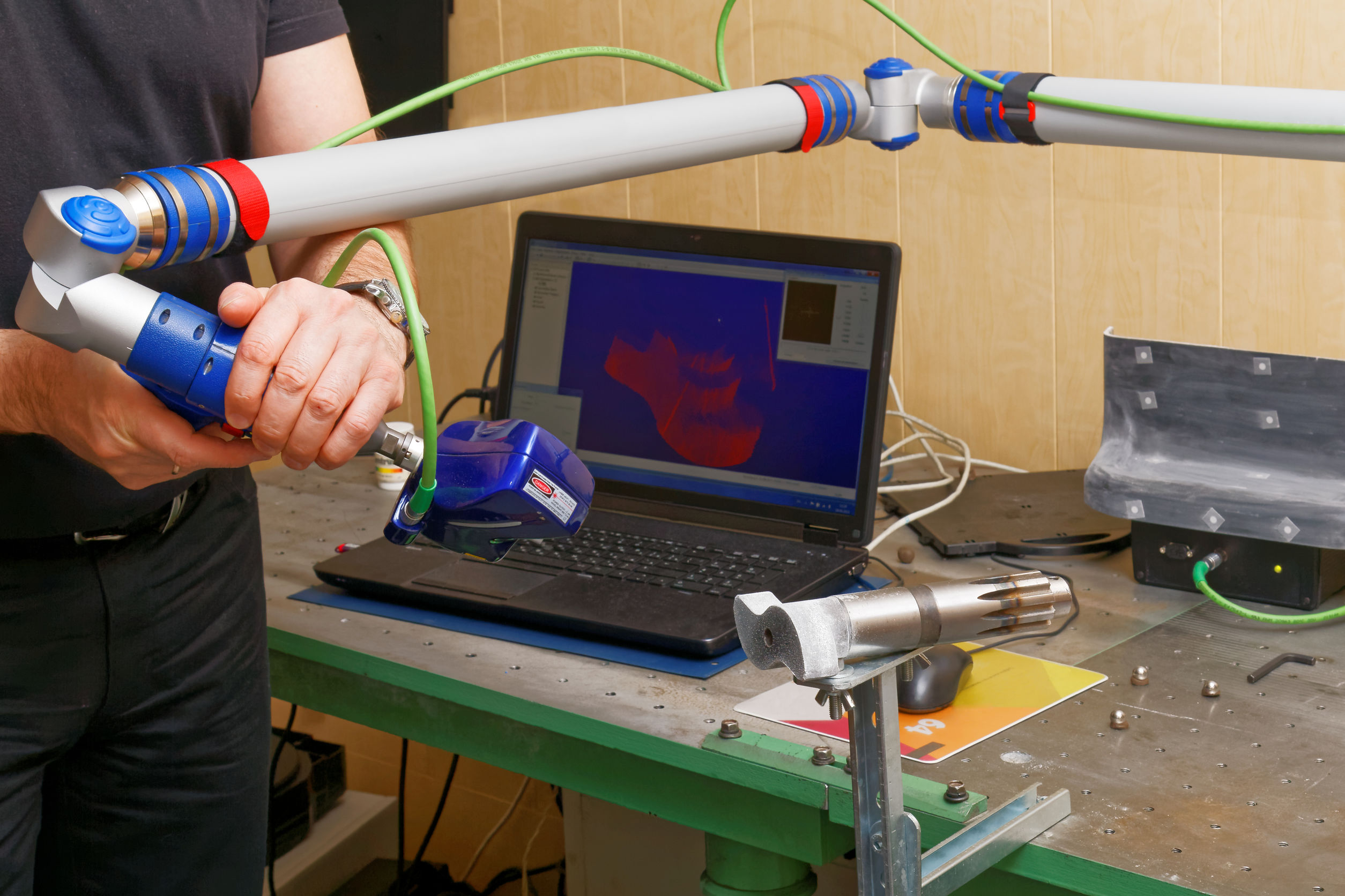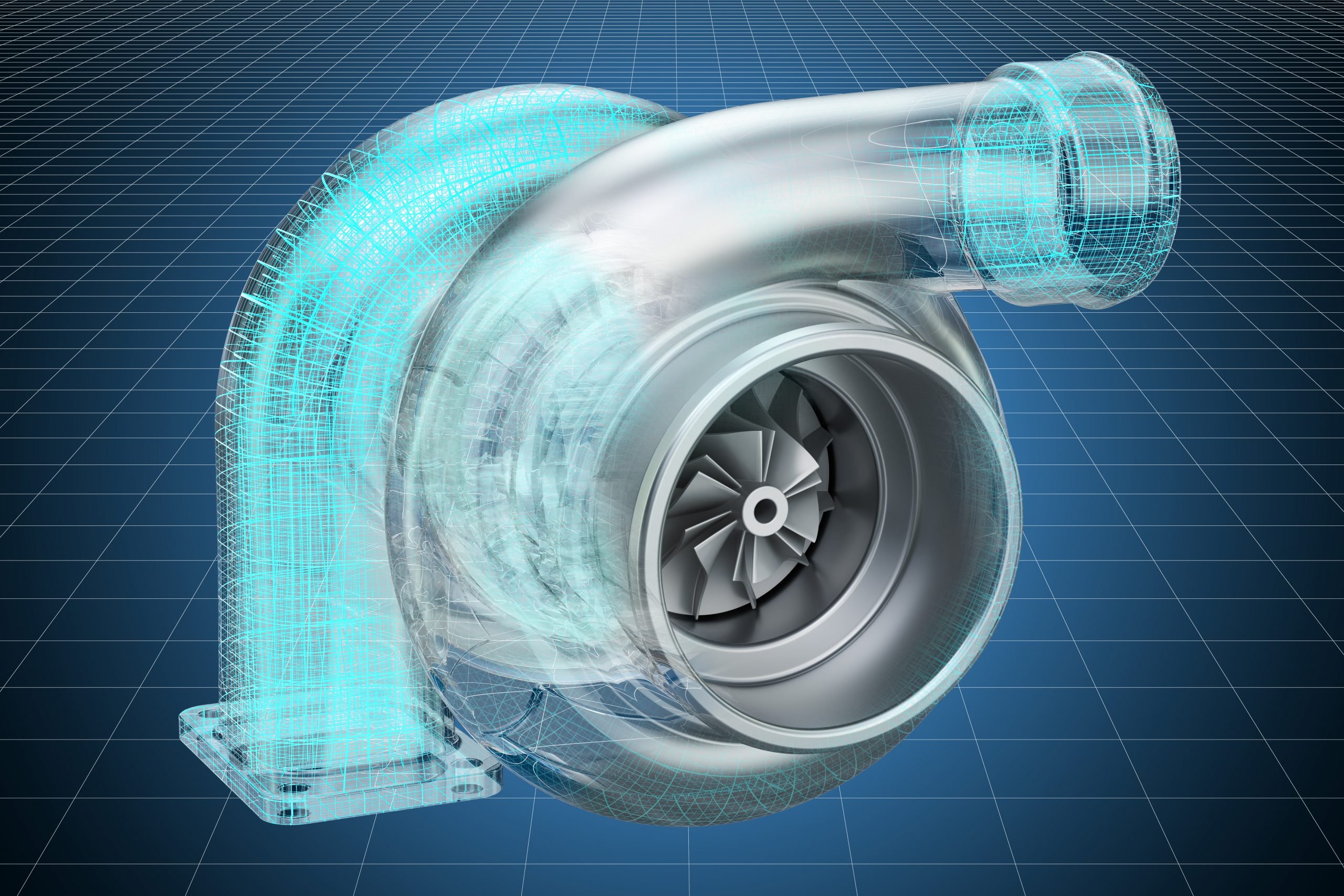Reverse Engineering Compliance

Reverse engineering is the process of analyzing a finished product to determine how it works and how it was made. This can be done for a variety of purposes, such as to repair or improve the product, or to create a similar product.

However, reverse engineering can also be used for illegal purposes, such as to copy or steal intellectual property. As a result, many countries have laws in place to regulate reverse engineering.

In the United States, the Copyright Act of 1976 prohibits the unauthorized reproduction or distribution of copyrighted works. This includes reverse engineering for the purpose of creating a competing product. However, there are some exceptions to this rule. For example, reverse engineering is allowed for the purpose of repairing or maintaining a product.
The Digital Millennium Copyright Act (DMCA) of 1998 further restricts reverse engineering. The DMCA prohibits the circumvention of technological measures that are used to protect copyrighted works. This includes reverse engineering for the purpose of removing DRM (digital rights management) protection from software or other digital content.
There are a number of other laws that may also restrict reverse engineering, such as the Trade Secrets Act and the Economic Espionage Act.
It is important to be aware of the laws that govern reverse engineering in your jurisdiction before you engage in this activity. Failure to comply with these laws could result in civil or criminal penalties.
Here are some tips for complying with reverse engineering laws:
- Only reverse engineer products that you are legally authorized to do so.
- Do not reverse engineer products for the purpose of creating a competing product.
- Do not reverse engineer products that are protected by DRM or other technological measures.
- Be aware of the laws that govern reverse engineering in your jurisdiction.
- Consult with an attorney if you have any questions about the legality of reverse engineering a particular product.
